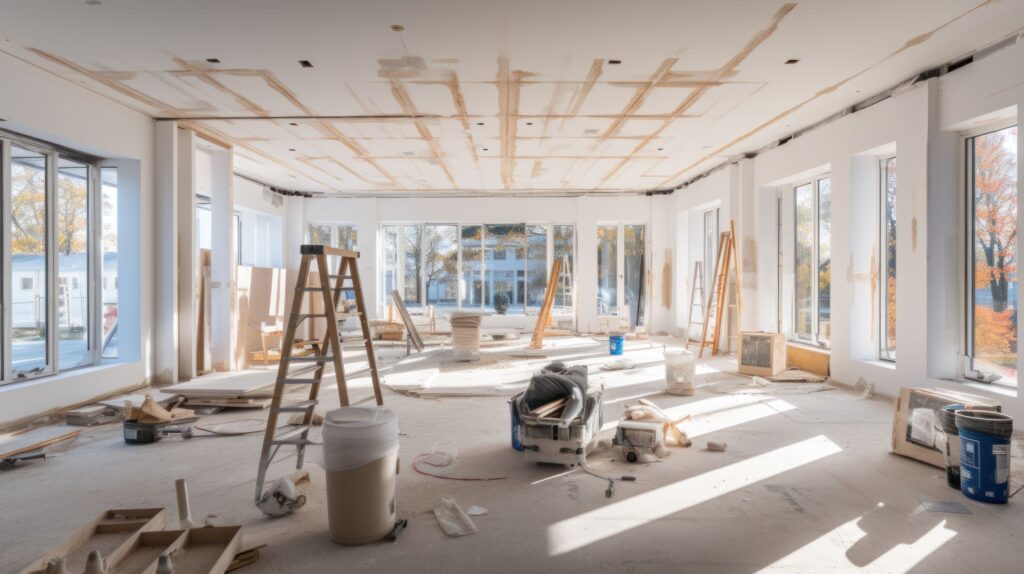
Gentrification involves transforming a neighborhood from a low economic value to a higher one. This usually occurs due to urban development initiatives, such as real estate investments and urban renewal projects, which can reshape the area over a relatively short period.
During gentrification, property owners often face the challenge of balancing community improvements with tenant well-being. While revitalization can bring enhanced amenities and higher property values, it can also lead to increased rent, temporary relocations, and the displacement of long-term tenants.
As property values rise, landlords often pass the burden of increased property taxes to tenants through higher rents. In fact, recent research from Investopedia highlights how areas that experience new growth or gentrification encounter significant price appreciation, while regions located far from urban centers can be in decline.
For property owners and developers, finding ways to prioritize tenants’ needs during these changes will help maintain harmony and trust. Here’s how they can provide tenant solutions during gentrification and renovations:
Partner With Community Organizations
Collaborating with local organizations offers valuable support for tenants and strengthens the broader community. For instance, partnering with nonprofits enables owners to provide financial counseling, housing assistance, and tenant advocacy. Collaborating with local officials, on the other hand, can further ensure compliance with housing laws.
These partnerships demonstrate a commitment to building positive relationships with tenants and creating supportive neighborhoods. For example, organizations like Equally Crafted Management specialize in improving resident experiences, making them valuable allies for landlords looking to enhance tenant welfare.
Beyond benefiting tenants, such collaborations can also help landlords by reducing vacancy rates and turnover. Community partnerships often connect them with tenants ready to move in, streamlining the rental process and lowering advertising costs.
Additionally, engaging with local organizations provides additional resources, such as security deposits or rental assistance for those in need, fostering goodwill and trust. It’s an impactful way to address challenges and contribute to more inclusive, compassionate neighborhoods.
Provide Temporary Housing Solutions
According to the World Economic Forum, about 1.6 billion people worldwide experience inadequate housing, a figure that could rise to 3 billion by 2030 if current trends continue. This statistic underscores the urgency for landlords to provide supportive measures, such as temporary housing solutions, to help tenants manage disruptions caused by renovations and gentrification.
One effective approach involves partnering with local short-term rental providers or negotiating discounted rates at nearby hotels. Such collaborations offer tenants immediate alternatives and demonstrate a commitment to their well-being during the renovation process.
Also, ensuring that the temporary accommodation is of similar quality and conveniently located near the original residence is crucial. This will help minimize disruptions to tenants’ daily routines, allowing them to maintain a sense of stability amid the changes.
Offer Transparent Communication
As gentrification disrupts tenants’ daily lives, open communication has emerged as a critical factor in maintaining a good relationship between landlords and residents. Uncertainty surrounding such changes can lead to frustration and distrust if owners don’t inform their tenants about the process.
Effective communication is essential for building trust and avoiding misunderstandings. It allows landlords to address issues promptly and demonstrates a commitment to tenant satisfaction.
Landlords should foster transparency by clearly outlining the scope of home renovations, anticipated disruptions, and timelines through various channels such as newsletters, emails, or community meetings. This will keep tenants informed and help alleviate concerns about renovations’ impact on their living situations.
Prioritize Affordable Housing Options
As neighborhoods evolve and property values increase, the need for affordable housing becomes urgent. To address this growing challenge, landlords should participate in affordable housing programs, which maintain below-market rents for a portion of their units. Involvement in these initiatives provides tenants with more accessible housing options, strengthens community, and fosters goodwill.
A report from CBN highlights that many low-income families spend more than half of their income on rent, emphasizing the need for affordable housing solutions. The report reveals that a record of 653,000 Americans experience homelessness on any given night. This shows the critical housing crisis impacting countless communities.
For landlords, committing to affordable housing programs goes beyond addressing immediate needs. These efforts enhance reputations as socially responsible stakeholders while contributing to long-term neighborhood stability. It ensures communities stay vibrant and accessible, even as change and development reshape the area.
Provide Relocation Assistance if Needed

Landlords should also provide moving help to tenants facing permanent relocation. This support reduces the challenges tenants encounter during such transitions.
They can offer financial help for moving expenses, assist in finding housing within the community, and connections to local services for employment or childcare. The Los Angeles Housing Department highlights the importance of such support. It suggests that landlords should provide monetary relocation payments to tenants evicted through no fault of their own.
This assistance will help tenants feel respected and supported while fostering goodwill and maintaining positive landlord-tenant relationships. It’ll also ensure stability and community support, even amid necessary changes.
Property owners must approach gentrification and renovations with empathy, transparency, and fairness to provide tenant solutions. Implementing these strategies can benefit both parties while fostering stronger communities. With thoughtful planning and a commitment to providing tenant solutions, gentrification can be a positive force for everyone involved.








